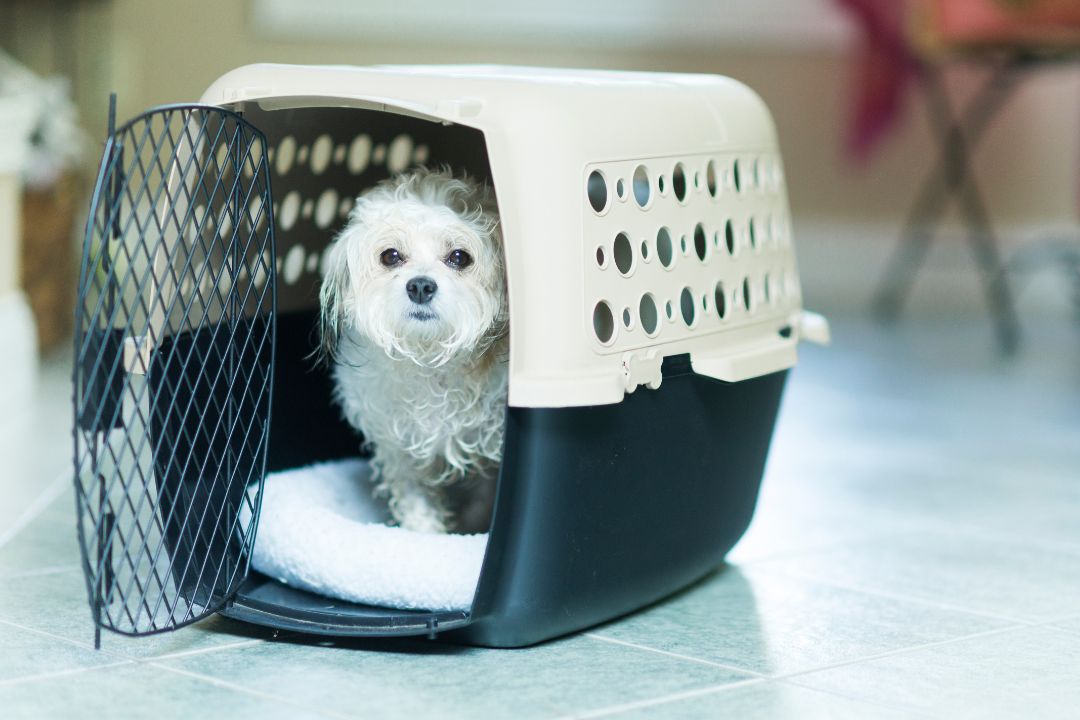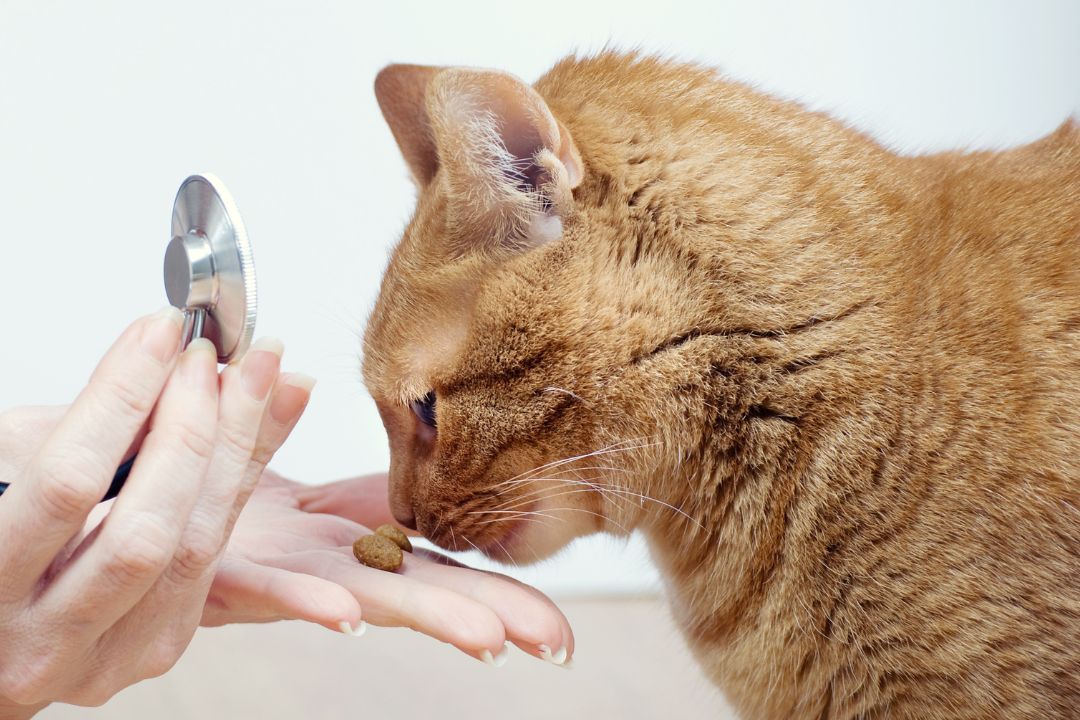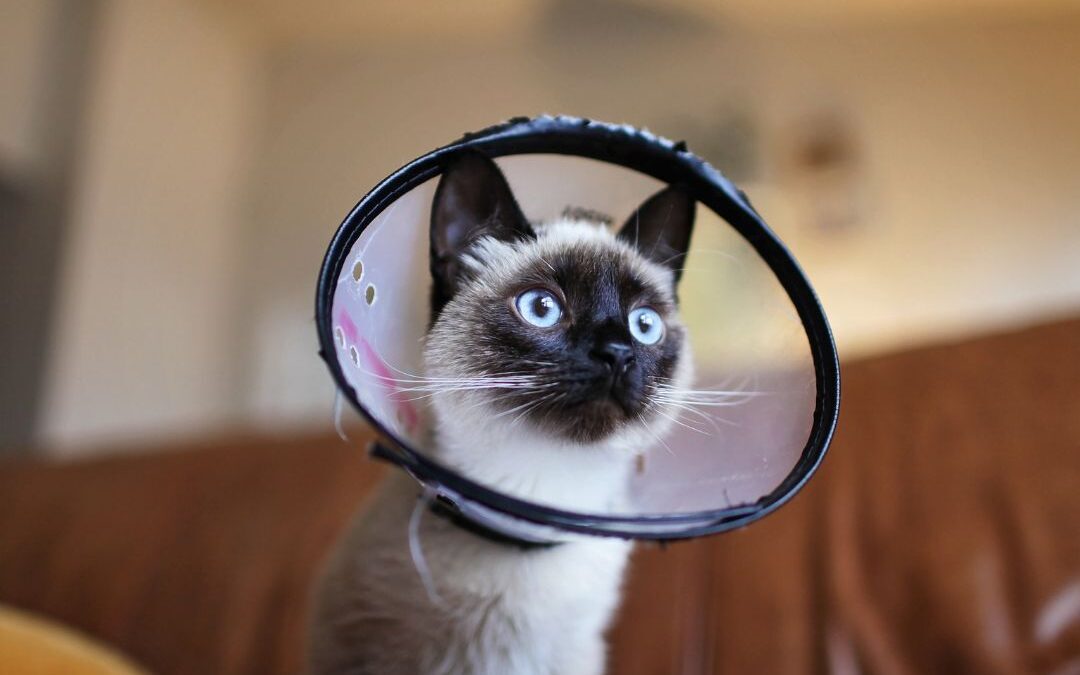What Happens During Spay & Neuter Services from a Pet’s POV?
When we think about neuter and spay services, most of the focus is on the benefits for long-term health and population control. Yet, understanding the experience from your pet’s perspective can ease your worries and help you provide better care at home.
Veterinary research sheds light on how dogs and cats experience the procedure, and what their recovery feels like. Below, the animal surgery experts at Newport Mesa Animal Hospital reveal what happens during these procedures, from your furbaby’s point-of-view.
What Does Your Pet Feel Before Surgery?
Pets sense changes in routine. The trip to the veterinary hospital, new smells, and unfamiliar sounds can create stress. Dogs may pant, pace, or cling to their owners, while cats may hide in their carrier or remain very still.
Veterinarians recognize these behaviors as signs of anxiety. Often, they’ll use calming techniques to help reduce stress before anesthesia, such as gentle handling or pre-surgical medications.


How Does Anesthesia Protect Your Pet from Pain?
Anesthesia prevents pets from feeling pain, and keeps them safely still, during animal surgery. Dogs and cats alike experience altered states under anesthesia similar to a deep, controlled sleep.
They do not perceive the surgical process itself. To maintain safety, veterinary teams continuously monitor heart rate, breathing, and temperature to ensure pets remain stable from start to finish.
What Does Your Furbaby Experience Right After Pet Surgery?
When anesthesia wears off, pets often feel groggy or disoriented. Some may stumble when trying to walk, while others may want to rest quietly in a warm, comfortable spot.
Veterinary staff observe pets closely during this stage, watching for signs of nausea, vocalization, or discomfort. Pain medications are typically administered before pets wake up to minimize any immediate soreness.
How Does Pain Management Shape Their Recovery?
Dogs and cats feel pain similarly to humans, but they may express it differently. Cats may retreat and avoid contact, while dogs might whine or resist movement.
Modern veterinary protocols prioritize multi-modal pain relief, combining medications that target pain from different angles. This shortens recovery time and helps your pets return to their normal routines more quickly.
Emotional Well-Being During Recovery
Recovery from spay or neuter services involves more than physical healing. Pets often look for reassurance from their families.
A quiet environment, gentle handling, and consistent routines help reduce stress during the first few days at home. Pets recover more smoothly when they feel safe, cared for, and comforted by familiar voices and touch.
How to Care for Your Pet After Animal Surgery: 9 Expert Tips
4 Signs Your Pet is Recovering Well
- Eating and drinking normally within 24 to 48 hours.
- Willingness to walk short distances or interact with family.
- Decreasing swelling or redness at the incision site.
- Resting comfortably without excessive vocalization or agitation.
When Should You Contact Your Veterinarian?
Some signs suggest a complication that requires immediate attention:
- Refusal to eat after two days.
- Continuous vomiting.
- Excessive swelling or discharge from the incision.
- Sudden changes in energy level.
To ensure safe and comfortable healing, we encourage pet parents to reach out with concerns, no matter how insignificant they may seem.
Support Your Pet at Every Step with Help from Newport Mesa Animal Hospital
Neuter and spay services may seem daunting, but from a pet’s perspective, the procedure is brief, pain is managed, and recovery is eased by compassionate care.
Understanding what your pet feels helps you anticipate their needs and provide comfort during the healing process. With guidance from your veterinarian, you can make the experience as stress-free as possible for your four-legged family member.
For a comprehensive check-up from an experienced veterinarian, schedule a vet exam at Newport Mesa Animal Hospital today.

